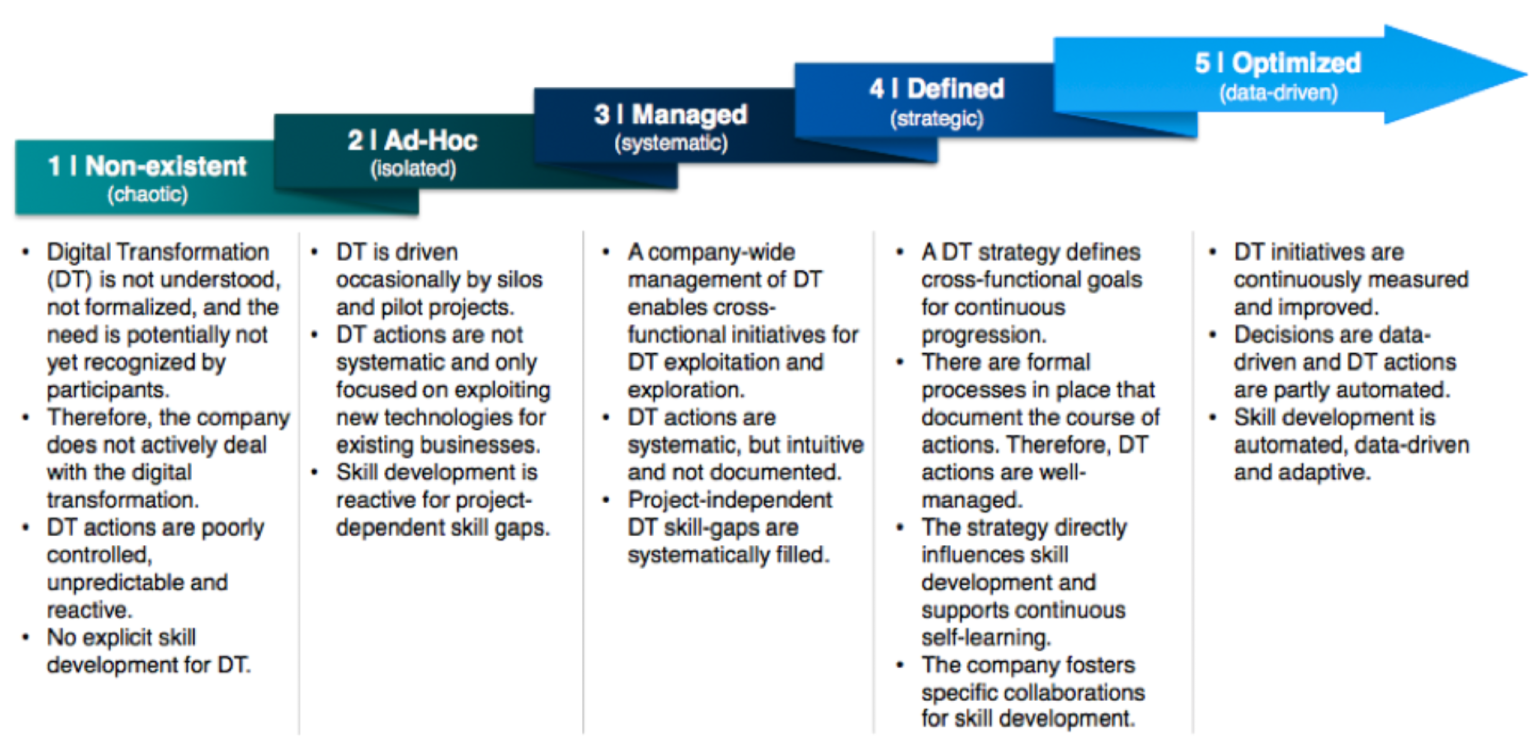In the digital age, launching an online store is no longer a luxury — it’s the new frontline of business warfare. And when it comes to building an agile, scalable, and beautifully designed eCommerce platform, WordPress and WooCommerce dominate the battlefield.
Whether you’re a brand strategist, product founder, or systems architect, this guide will take you from zero to full deployment using one of the most powerful combinations in modern commerce: WordPress + WooCommerce.
⚙️ Step 1: Set the Strategic Foundation
Before writing a single line of code or choosing a font, clarify your business objectives and target market. Every design decision must serve:
Your conversion goals
The user’s decision journey
Your brand’s identity and narrative
Start by answering:
What products are you selling?
Who is your ideal customer?
What makes your offering unique?
From this, construct a Site Strategy Map: an architectural blueprint for your site’s structure, flows, and required integrations.
🌐 Step 2: Choose the Right Hosting & Domain Setup
Avoid cheap, shared hosting — you’re not building a blog. You’re launching a digital storefront with real-time transactions.
Recommended Stack:
Domain: Namecheap, Google Domains
Hosting: Kinsta, WP Engine, or Cloudways (for performance and security)
CDN: Cloudflare (free tier is powerful)
SSL: Let’s Encrypt or via host (non-negotiable)
Pro Tip: Choose a host that specializes in WooCommerce support and daily backups.
🛠️ Step 3: Install WordPress + WooCommerce
Once your domain and hosting are live:
Install WordPress (most hosts offer 1-click installation).
In your WP dashboard, go to Plugins > Add New, search for “WooCommerce,” and install it.
The WooCommerce setup wizard will walk you through key steps like:
Store location
Currency
Shipping methods
Payment gateways (Stripe, PayPal, Apple Pay)
🎨 Step 4: Design with Purpose – Choosing a Theme
Design is not decoration. It’s strategy made visible.
Look for WooCommerce-compatible themes with:
Mobile-first design
Accessibility compliance (WCAG)
Speed optimization (lightweight code, lazy loading)
Deep customization without code bloat
Recommended Themes:
Astra
GeneratePress
Kadence
Blocksy
Or go headless if you’re scaling hard and fast — but that’s a separate war game.
✨ Step 5: Elevate UX & Visuals
Your site isn’t just a catalog — it’s a journey. UX/UI must convert browsers into buyers.
Key UX Principles:
Limit decision fatigue (clear nav, minimal clicks to checkout)
Use visual hierarchy to guide attention
Include trust signals: Reviews, FAQs, Certifications, Secure Payment Icons
Must-Have Visual Features:
High-resolution product images (3 angles minimum)
3D mockups or video for premium products
Hover animations or dynamic transitions
Don’t forget microcopy — buttons, tooltips, and confirmations should carry brand tone and reassure users.
🧩 Step 6: Extend with the Right Plugins
WooCommerce is modular. Don’t overload it — but do extend it wisely.
Essential Plugins:
Yoast SEO or RankMath (for organic visibility)
CartFlows (optimize checkout funnel)
MailPoet or Klaviyo (email marketing automation)
WooCommerce Subscriptions (recurring revenue)
WP Rocket or Perfmatters (for caching and speed)
WooCommerce PDF Invoices & Packing Slips
Bonus: Consider AI-driven tools like ChatGPT plugins or recommendation engines (e.g., Clerk.io or Wiser).
📊 Step 7: Monitor, Test, and Optimize
A beautiful site that doesn’t convert is just an expensive brochure.
Ongoing Ops Checklist:
A/B test product pages and CTAs
Heatmap tracking (Hotjar, Microsoft Clarity)
Real-time analytics (Google Analytics 4, WooCommerce Dashboard)
Speed tests (GTmetrix, PageSpeed Insights)
Key Metrics to Watch:
Conversion rate
Cart abandonment rate
Bounce rate
Average order value (AOV)
Customer lifetime value (CLV)
🔐 Step 8: Harden Security and Backup Strategy
eCommerce sites are prime targets for attackers.
Security Protocols:
Use 2FA on admin logins
Install Wordfence or iThemes Security
Disable XML-RPC
Limit login attempts
Regular backups (UpdraftPlus or VaultPress)
🧠 Final Thoughts: Build with Strategy, Not Templates
Don’t just build an online store — build a system of commerce, with WordPress as your battlefield HQ and WooCommerce as your weapon.
You’re not just pushing pixels. You’re deploying infrastructure, experience, and scalable automation.
So make it fast. Make it functional. Make it unforgettable.
Ready to start your build? Or need help architecting your digital war machine? Let’s talk strategy.
Share this:
- Click to share on Facebook (Opens in new window) Facebook
- Click to share on X (Opens in new window) X
- Click to share on LinkedIn (Opens in new window) LinkedIn
- Click to share on Reddit (Opens in new window) Reddit
- Click to share on Pinterest (Opens in new window) Pinterest
- Click to share on Pocket (Opens in new window) Pocket
- Click to share on WhatsApp (Opens in new window) WhatsApp
- Click to email a link to a friend (Opens in new window) Email



